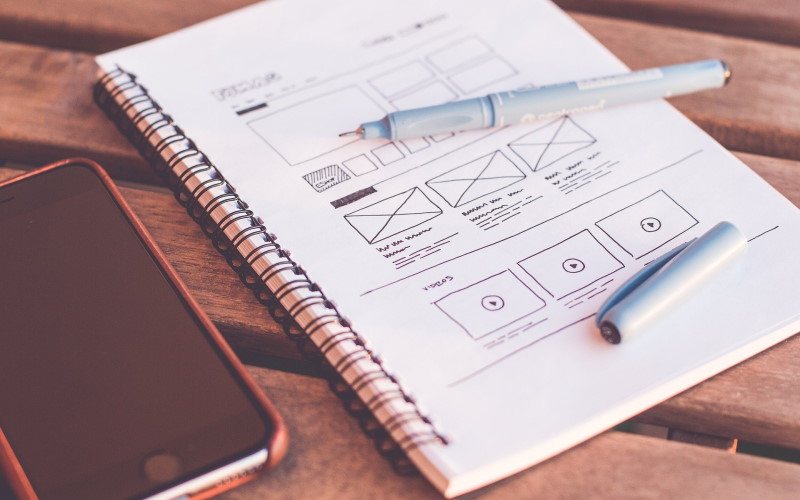
Nowadays you don’t have to be a professional web designer to put together a good looking site. There are lots of pre-designed themes for any industry imaginable, and platforms like WordPress, make it incredibly easy to get a site up and running.
However, there is a difference between having a website and running an online business. Anyone can have a website, but not anyone can run a successful online business. The later requires hefty investments of time and money, and you can’t put it together without professional help.
Web design is not just about mixing a few images with text and graphic elements. It’s a complex process that requires in-depth analysis and observation. For instance, even a simple website, with a few pages and an About US section with Contact form still requires planning and discussions.
As such, today we will talk about the web design process and the main steps needed to make sure the website has all the items to become a success.
Briefing & Planning
Whether you work with a professional agency like Parachute Web Design, or a freelance web designer, it’s mandatory to do a briefing in order to plan out the structure of the site. During the briefing, the client must explain their expectations from the future website and the message they want to convey (among others).
This step is crucial and must always precede the planning because it allows the web designer to understand the business and the client’s expectations.
Once the briefing period is over, the designer can put together a plan. This involves a thorough analysis of the clients’ goals, target audience, and existing brand identity that needs to be taken into consideration.
Next, the web designer will put together a site map. This is a fundamental document that records the entire site’s structure and will be updated with every change. It’s also the schematics that the designer(s) follow in creating pages, establishing internal links, and more.
Also, during the planning phase, the parties will establish the main resources to be used for the website. This means the type of software, platforms, third-party apps, graphical elements, and more.
Design & Development
Once the planning is out of the way, the real web design work can start. During this phase, the project takes shape and starts looking more and more like a website. This is where specialists apply everything they planned based on the initial briefing.
The phase starts with several mockups for the main pages, shopping areas, checkout process, and more. The mockups will go through several cycles of review and approval, to make sure the customer is happy with the work.
Lastly, once everyone is happy with the design, the website enters the development phase, where all the functionalities will be added.
Maintenance & Updates
Once the site is functional and it’s launched for public use, it must be maintained and updated. This involves troubleshooting any unexpected issues, updating the software and security certificates, adding or removing functionalities, implementing SEO elements, and more.
The customer may also want to add a blog or create social media channels, which can be included as an update of the project.
Wrap Up
While it may not look like a big deal, there is a lot of work behind a successful website. It’s also important to work with experienced designers, which is why you should hire a web design agency to cover the entire process.
A website designed according to a correct web design process is based on solid work and has a reliable framework to stand on. This means it can be upgraded, changed, and improved without losing its structure and integrity. And that’s the big idea behind the web design process!
